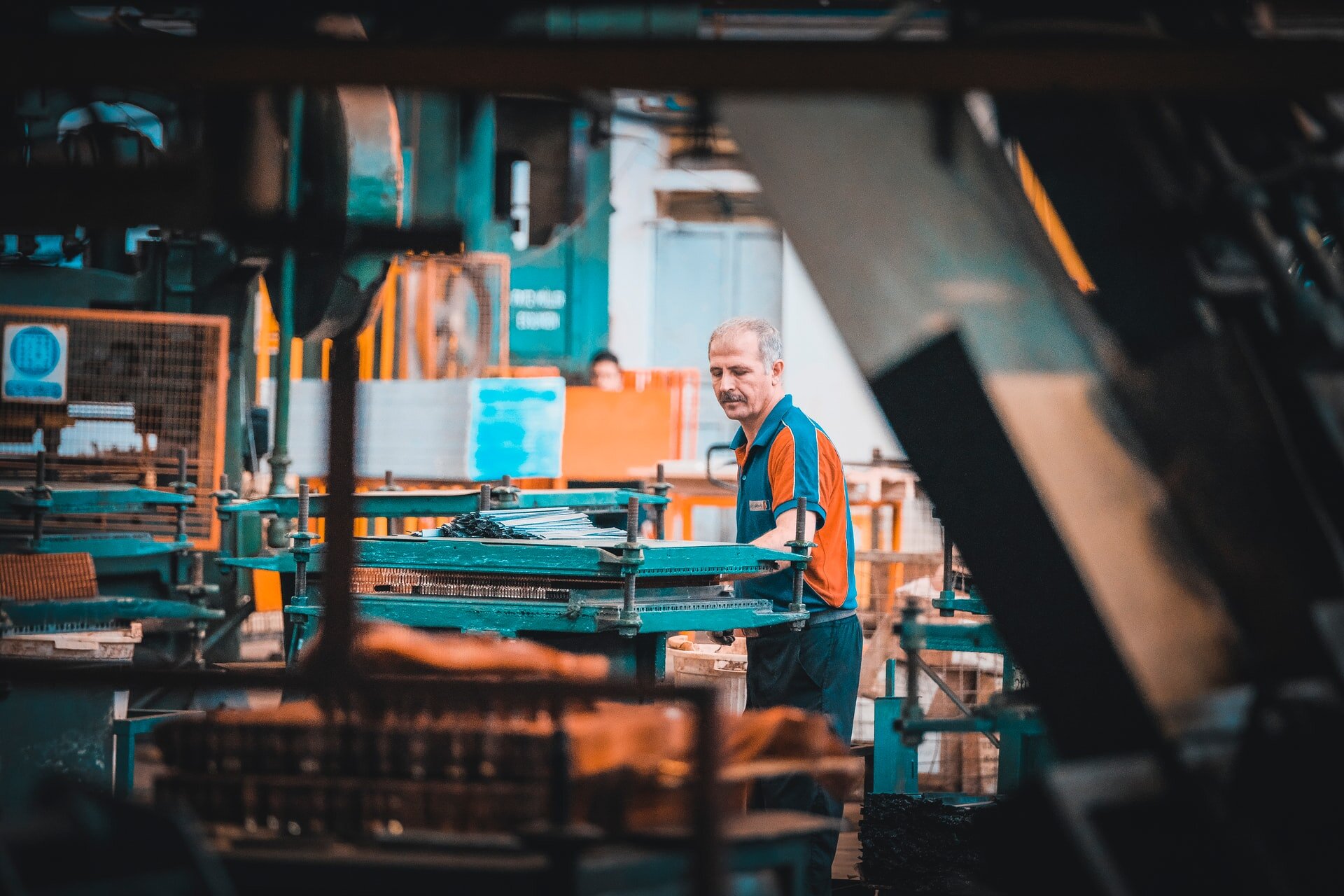How to adapt to new regulations
I think one of the most interesting things to see during these times is the creative ways that companies have responded to the need for social distancing. Every company has had to come up with some strategy to keep their staff and customers healthy during these times and for a lot of companies their ability to adapt to changing circumstances will determine their future.
Social distancing in small shops is almost impossible.
Big changes for small shops
There is a butcher’s shop that is close to me that I would visit about once a week. A small shop like this is a nightmare for social distancing, the area for customers was probably the width of a hallway, one side was a meat counter than ran the entire distance and things like potatoes and spices all along the other side. How do you social distance in a space where you’d touch shoulders if you stand side by side?
So the first phase was how most shops responded. They added hours for at risk individuals, limited the number of people that could come into the store at once, and had employees start wearing PPE. But limiting their store to 7 customers at once would dramatically impact their business, I’ve been in there when they probably had 20 customers simultaneously.
What they did instead was transform largely the nature of their business in a matter of weeks. They added dedicated spots in their parking lot for curbside pickup, launched an online store and populated an eCommerce catalog with their products, and switched a large portion of their orders to being taken online and delivered via curbside and from what I can tell they are doing a brisk business of it.
The business risks of an outbreak
There are plenty of cautionary tales about what can happen if companies don’t begin to adapt to protecting their workforce during this time. In the example of the Tyson processing plan, 7% of their workforce became ill, and hundreds of other workers stopped showing up for work for fear of getting sick. Manufacturing is a critical piece of keeping the economy going, but it presents a lot of unique challenges for social distancing.
Manufacturing companies need to adapt to a new social distancing reality.
Certain operations, like assembly, will often times have multiple employees working in close proximity.
Shared equipment will need to be minimized or frequently sanitized to prevent the spread of disease.
Some types of PPE may not be feasible for employees to use, for instance hanging mask ties could be dangerous in certain environments.
An ounce of prevention
Like the butcher’s shop, companies will need to start with an initial plan, and then adapt as time and resources are available to continue to limit the spread. OSHA has a good document explaining the risks and some methods to mitigate the risks.
One of our customer’s has already adapted by removing the ability for their employees to clock themselves in. They now have one employee in PPE using a touchless thermometer to check each employee as they arrive. If the employee does not have a fever, then they use a smartphone to scan the employee badge to clock the employee in. We wrote a bezl for them to allow them to process employees very quickly, and then to mass clock their employees out at the end of the day removing the need to use shared kiosk systems.
Most companies we have seen are implementing a few immediate precautions:
Encouraging employees who are ill to stay home with extended sick leave policies. This can be further enhanced like the client I had mentioned by implementing temperature checks into employees arriving on-site.
Requiring the use of PPE where it is possible and safe for the employee.
Reducing the use of shared equipment (including computer terminals) which could easily spread germs.
Adding an employee policy regarding frequent hand washing.
Sanitizing shared surfaces frequently.
I hope that everyone is developing strategies to prevent outbreaks, because the penalty for having an outbreak can be devastating for both the employees and for the company. Keep in mind the OSHA regulations, but they will need to be adapted for manufacturing. For instance:
Discourage workers from using other workers’ phones, desks, offices, or other work tools and equipment, when possible
Keep in mind that this would also include shared computer terminals on the shop floor. If you are struggling with this, Bezlio can help. We can help replace functionality that employees are using these kiosks for and instead make those functions available on smartphones or tablets. This allows you to reduce the use of shared equipment much more affordably by deploying off-the-shelf iOS or Android devices and without contract terms you can scale up or down licenses as needed.
If you have any questions, please reach out to us to talk. I have spent my entire professional life working to solve the technology problems that manufacturers face, and solving those problems is my passion. As it is now, as it has always been, success in manufacturing relies on innovation, adaptation, and grit.




